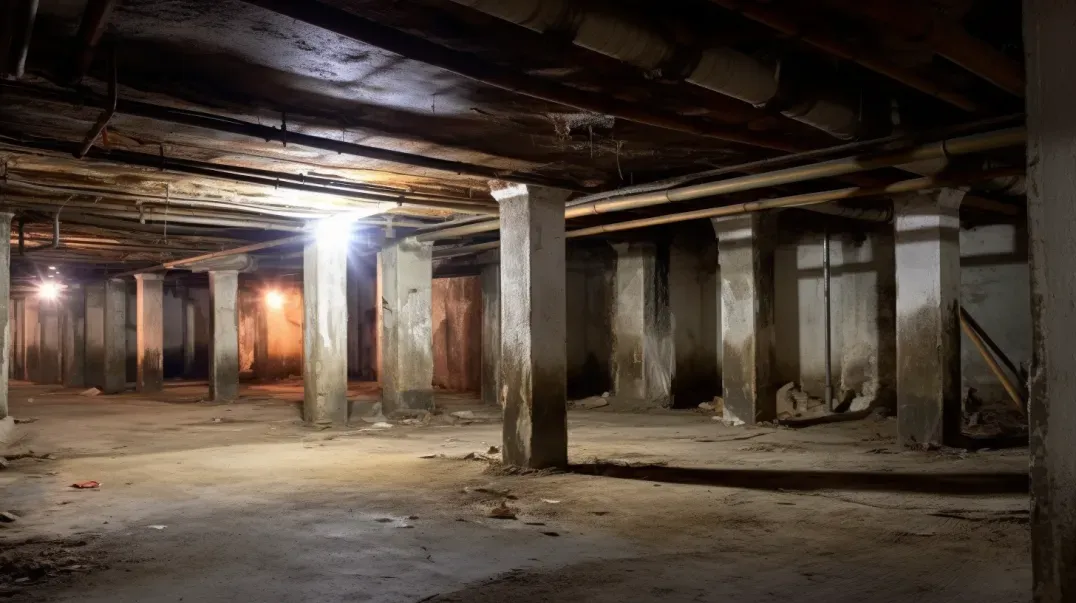Beneath the surface of our homes lies a hidden network crucial for preserving the integrity and health of our living spaces—the crawl space ventilation system. Often out of sight and out of mind, this system plays a pivotal role in preventing moisture buildup, deterring mold growth, and ensuring the structural stability of our homes. However, the efficacy of a crawl space ventilation system is heavily dependent on one key practice: regular maintenance. This blog delves into the vital importance of maintaining your crawl space ventilation system, exploring how routine checks and upkeep can ward off costly repairs and extend the life of the system, safeguarding your home for years to come.
Regular maintenance of your crawl space ventilation system is not just a recommendation; it's a necessity. Over time, vents can become blocked, fans can fail, and the overall efficiency of the system can diminish. Without attention, what was once a barrier against moisture and decay can become a liability, inviting the very problems it was designed to prevent. This blog will guide you through the benefits of routine maintenance, highlighting how simple practices can prevent major repairs, improve air quality, and ensure the longevity of your crawl space ventilation system.
From inspecting and cleaning vents to testing mechanical components and ensuring vapor barriers remain intact, we'll cover the essential steps every homeowner should take to maintain their system. Join us as we underscore the importance of regular maintenance in keeping your crawl space dry, your home's foundation strong, and your living environment healthy. Because when it comes to protecting your home, the power of prevention through maintenance cannot be overstated.
Understanding Crawl Space Ventilation
The health of your home extends beyond its visible parts, reaching deep into spaces unseen, like your crawl space. This hidden area, crucial for your home's structural integrity and indoor air quality, demands a well-thought-out approach to ventilation. Understanding crawl space ventilation is not just about ensuring compliance with building codes; it's about safeguarding your home against moisture, mold, and the unseen threats that can compromise your living environment.
Role of Ventilation in Crawl Spaces
Ventilation in crawl spaces serves a multifaceted purpose, pivotal to maintaining a home's health and longevity. At its core, proper crawl space ventilation mitigates moisture accumulation, a primary culprit behind many home-related issues. Moisture, when left unchecked, can lead to mold growth, wood rot, and attract pests, all of which pose significant risks to your home's structure and the air quality within.
Moreover, effective ventilation helps regulate temperature, preventing the extremes of hot and cold that can affect your home's energy efficiency. By fostering a balanced environment, ventilation systems ensure that crawl spaces contribute positively to the overall health of your home, rather than detracting from it.
Types of Ventilation Systems
The approach to ventilating crawl spaces has evolved, with various systems designed to suit different needs and home configurations. Understanding these can help homeowners make informed decisions about which system aligns best with their home's specific requirements.
- Passive Ventilation: The traditional method, relying on natural air flow through vents placed around the crawl space. While cost-effective, its efficiency can be significantly influenced by the home's location, climate, and specific environmental factors.
- Active Ventilation: Incorporates fans or other mechanical means to enhance air circulation. This method is more controlled, offering better moisture management in climates where passive ventilation may fall short.
- Conditioned Air Ventilation: A more modern approach, this system integrates the crawl space's air with the home's HVAC system, effectively treating it as part of the indoor environment. This method is particularly effective in tightly sealed homes, where it can significantly improve air quality and energy efficiency.
- Dehumidifiers: Though not a ventilation system per se, dehumidifiers are often used in conjunction with other methods to control moisture actively within the crawl space.
Each system has its typical lifespan, influenced by factors such as the system's design, the materials used, and the environmental conditions it operates under. Regular maintenance and inspections are crucial to ensure that whichever system you choose continues to function effectively, protecting your home from the ground up.
Recognizing Signs of Inadequate Ventilation
Adequate ventilation in your home, particularly in crawl spaces, is crucial for preventing moisture-related issues and ensuring good indoor air quality. However, recognizing the signs of inadequate ventilation can sometimes be challenging. Two of the most telling indicators are the presence of visible mold and mildew growth, and persistent musty odors. Identifying these signs early can prevent more significant problems down the line.
Visible Mold and Mildew Growth
Mold and mildew are not just unsightly; they are clear indicators that your crawl space is experiencing excessive moisture and poor air circulation. These fungi thrive in damp, dark environments, and their presence can compromise the structural integrity of your home and the health of its inhabitants. Mold spores can easily become airborne, affecting indoor air quality and potentially leading to respiratory issues, allergies, and other health problems.
The appearance of fuzzy or slimy patches in various colors ranging from black and green to white and orange on walls, floors, or other surfaces in your crawl space is a red flag. It signals that your ventilation system may not be effectively removing moisture, creating an environment where mold and mildew can flourish.
Persistent Musty Odors
A musty odor is often the first sign of a moisture problem in a crawl space, even before visible mold and mildew appear. This smell is indicative of stagnant air and the presence of mold or mildew, which can persist despite attempts to air out the space. Musty odors suggest that the air in your crawl space is not circulating as it should, allowing dampness to accumulate and potentially leading to more severe issues if left unaddressed.
Persistent odors are a telltale sign that your home's ventilation needs improvement. They underscore the importance of inspecting your crawl space for other signs of inadequate ventilation and taking corrective action to ensure that fresh air can circulate effectively, reducing moisture and preventing mold growth.
Physical Indicators of Ventilation Issues
Effective ventilation is crucial for maintaining a healthy, moisture-free crawl space. However, identifying ventilation issues can sometimes be challenging. Two critical physical indicators that should not be overlooked are increased humidity levels and signs of water damage or condensation. Understanding these indicators can help homeowners take proactive steps to address ventilation problems and protect their homes.
Increased Humidity Levels
Humidity levels in your crawl space can provide significant insights into the effectiveness of your ventilation system. High humidity levels are often a precursor to mold growth, wood rot, and other moisture-related problems. To measure humidity levels, homeowners can use a hygrometer, a device that measures the amount of moisture in the air. Ideal humidity levels for a crawl space should generally be kept below 60% to prevent the conditions that allow mold and mildew to thrive.
Interpreting humidity levels involves monitoring readings over time to identify any trends or spikes in moisture. Consistently high readings indicate that your crawl space is not adequately ventilated, prompting the need for corrective measures. This may involve improving existing ventilation, adding dehumidifiers, or consulting with a professional to identify the best solution for your specific situation.
Water Damage and Condensation
Visible signs of water damage and condensation are clear indicators of ventilation issues in crawl spaces. Water damage may manifest as discolored or warped floorboards, peeling paint, or swollen wood, indicating that moisture is accumulating and causing harm. Similarly, condensation on pipes, walls, or floors signifies that the air in your crawl space is too moist, a condition that inadequate ventilation exacerbates.
Identifying these signs requires regular inspections of your crawl space, looking for any changes or new signs of moisture. Early detection of water damage or condensation can prevent more severe issues, such as structural damage or widespread mold growth. If these signs are present, it's crucial to assess and improve your crawl space's ventilation system to reduce moisture levels and protect your home.
Assessing Ventilation System Performance
A well-functioning ventilation system is key to maintaining a healthy, comfortable, and energy-efficient home environment. Understanding how to assess the performance of your ventilation system can help identify potential issues before they escalate into more significant problems. Two critical areas to focus on are the efficiency of air circulation and the relationship between ventilation and energy bills.
Inefficient Air Circulation
Effective air circulation is fundamental to a ventilation system's performance, ensuring fresh air distribution and maintaining optimal humidity levels. Inefficient air circulation can lead to various issues, including poor air quality, increased humidity, and the accumulation of pollutants. To test air circulation and its effectiveness, homeowners can employ several techniques:
- Smoke or Incense Test: Light a stick of incense or a smoke pen near vents and watch how the smoke behaves. Smoke that disperses evenly indicates good air circulation, while smoke that stagnates or moves erratically suggests poor circulation.
- Anemometer Use: An anemometer, a device used to measure wind speed, can help assess airflow from vents. Comparing readings from different areas can indicate whether some sections are receiving less air circulation than others.
- Temperature Consistency Check: Measure temperature in various parts of the home. Significant variations can indicate areas where air is not circulating properly.
These techniques can help identify zones of inefficient air circulation, guiding targeted improvements in the ventilation system to enhance overall performance.
Energy Bills and Ventilation Efficiency
A sudden or gradual increase in energy bills can often signal inefficiencies in a home's ventilation system. Inefficient ventilation requires heating and cooling systems to work harder to maintain comfortable temperatures, leading to higher energy consumption and costs. To understand the correlation between rising energy bills and ventilation efficiency, consider the following:
- Review Energy Usage: Compare current energy bills to those from previous months or years, accounting for seasonal variations. A consistent increase could indicate that your ventilation system is becoming less efficient.
- Inspect Ventilation System Components: Check for any blockages, leaks, or damage in ductwork that could be compromising efficiency. Ensure that vents are not obstructed by furniture or other items.
- Consider Professional Energy Audits: A professional energy audit can provide a comprehensive assessment of your home's energy use, including ventilation efficiency. Auditors use specialized tools and techniques to identify areas where improvements can be made, potentially leading to significant savings on energy bills.
By understanding and monitoring these aspects, homeowners can take proactive steps to ensure their ventilation systems operate efficiently, contributing to a healthier home environment and more manageable energy costs.
When to Consider an Upgrade
A well-functioning ventilation system is crucial for maintaining a comfortable and healthy living environment. However, over time, your system may no longer meet the needs of your home due to various factors, including age, wear, and changes in environmental conditions. Knowing when to consider an upgrade can help ensure your home remains a safe and comfortable space.
Age and Wear of Current System
The lifespan of a ventilation system can vary significantly depending on its type, quality of installation, usage patterns, and maintenance history. Generally, a well-maintained system can last many years, but even the best systems will eventually show signs of age and wear that can impact performance. Indicators that your system may be due for an upgrade include:
- Decreased Efficiency: If your system is working harder to maintain air quality and temperature, it may be losing efficiency due to age.
- Frequent Repairs: An increase in the frequency and cost of repairs can indicate that your system is nearing the end of its useful life.
- Incompatibility with Modern Standards: Older systems may not meet current health, safety, and energy efficiency standards.
Understanding the age and condition of your ventilation system is crucial for assessing whether an upgrade is necessary to maintain or improve your home's air quality and energy efficiency.
Changes in Home or Environmental Conditions
Changes in your home or local environment can also necessitate an upgrade to your ventilation system. These changes might include:
- Home Renovations: Adding new rooms, changing the layout, or updating insulation can alter the demands on your ventilation system.
- Changing Family Needs: The addition of family members or pets, or developing health concerns, can change your indoor air quality needs.
- Environmental Changes: Increases in local pollution levels, changes in climate, or higher pollen counts can impact the effectiveness of your current system.
When your home or environmental conditions change, your existing ventilation system may no longer be adequate to meet your needs. Upgrading to a system that can better handle these new demands can improve comfort, air quality, and energy efficiency.
FAQs
Contact Trench Guys Today!
Trench Guys will do everything we can to ensure your experience with us is excellent.
Request A FREE Estimate
Request a Free Estimate Form
Checkout Recent Post
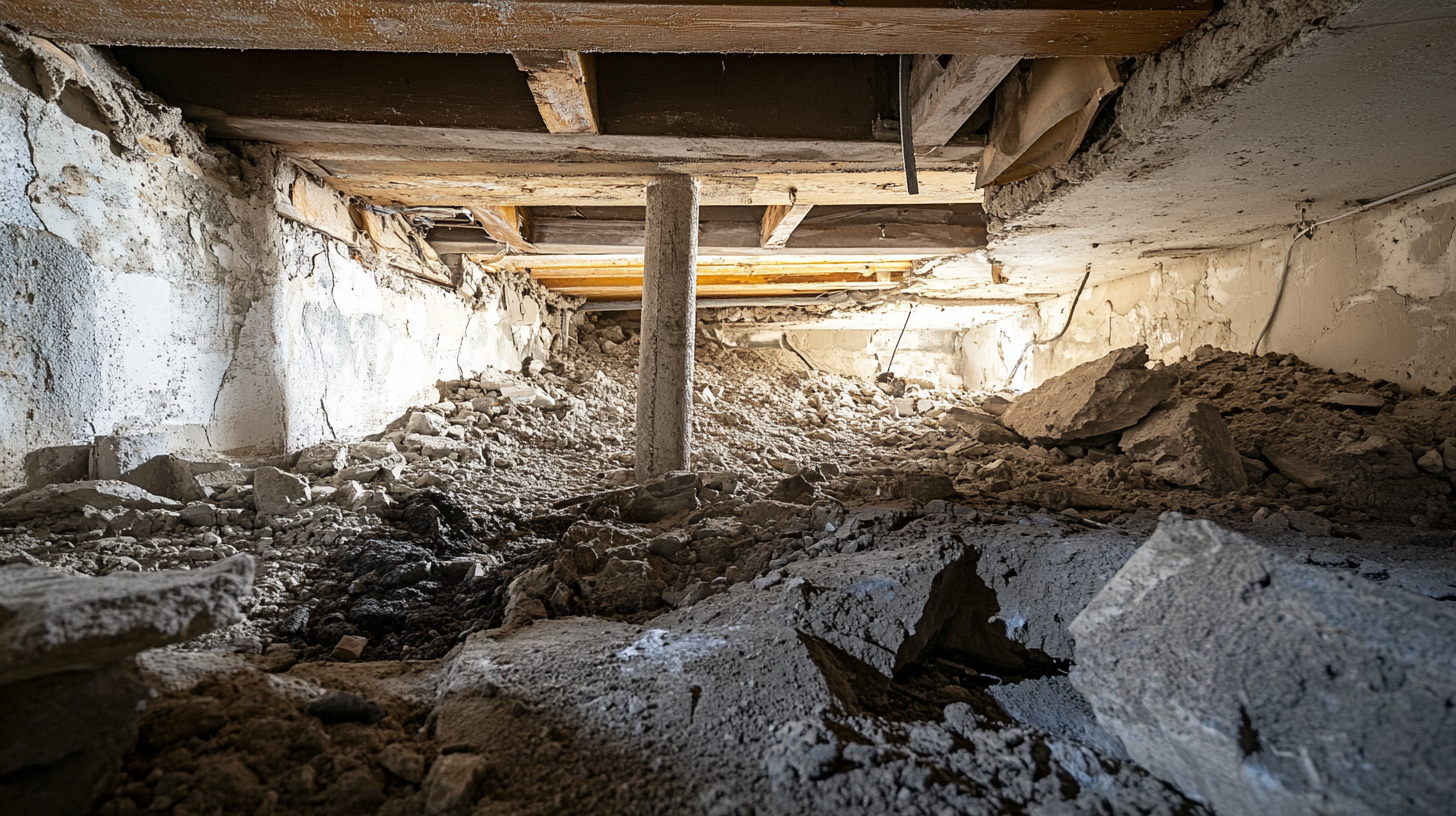
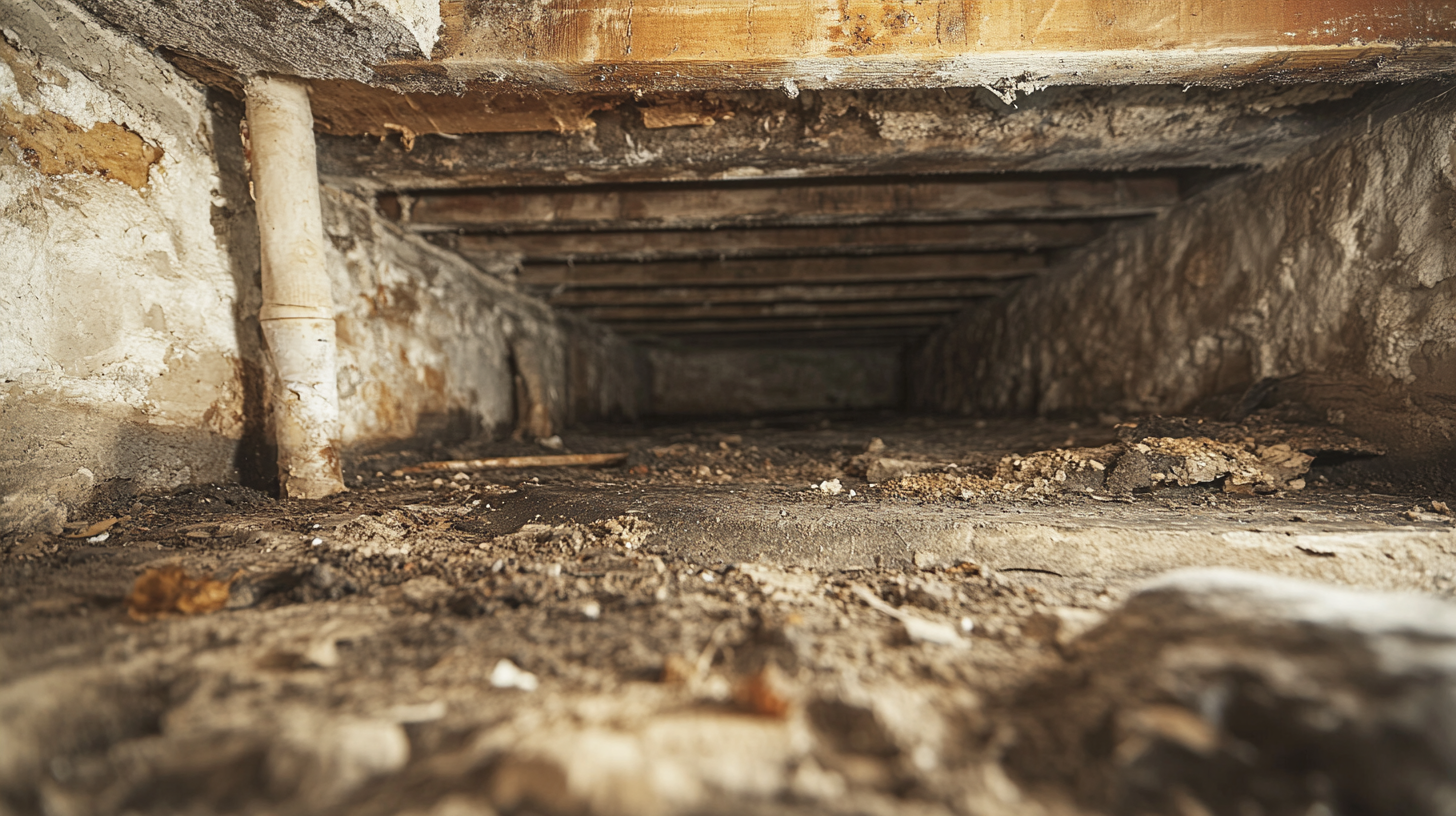
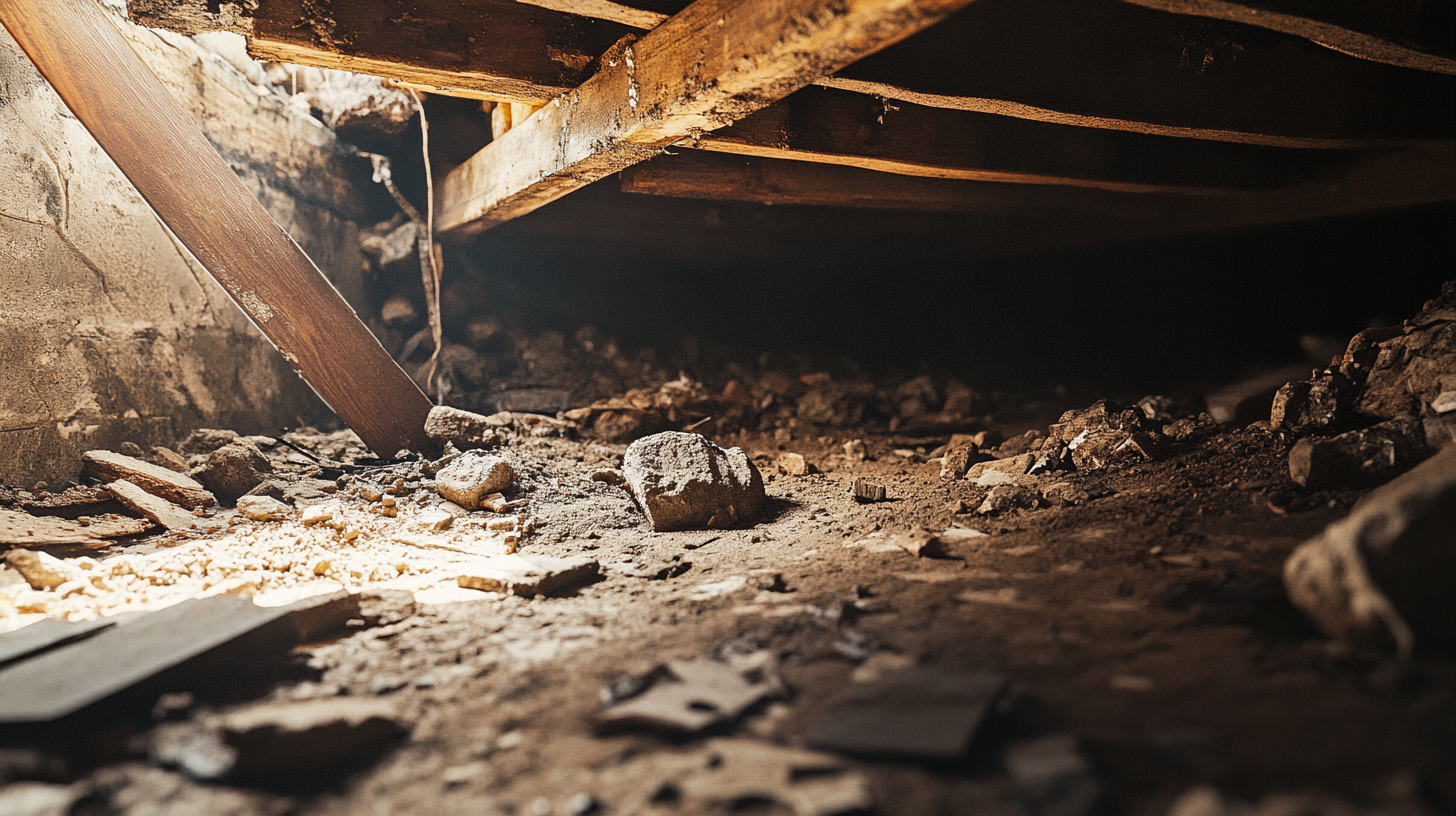
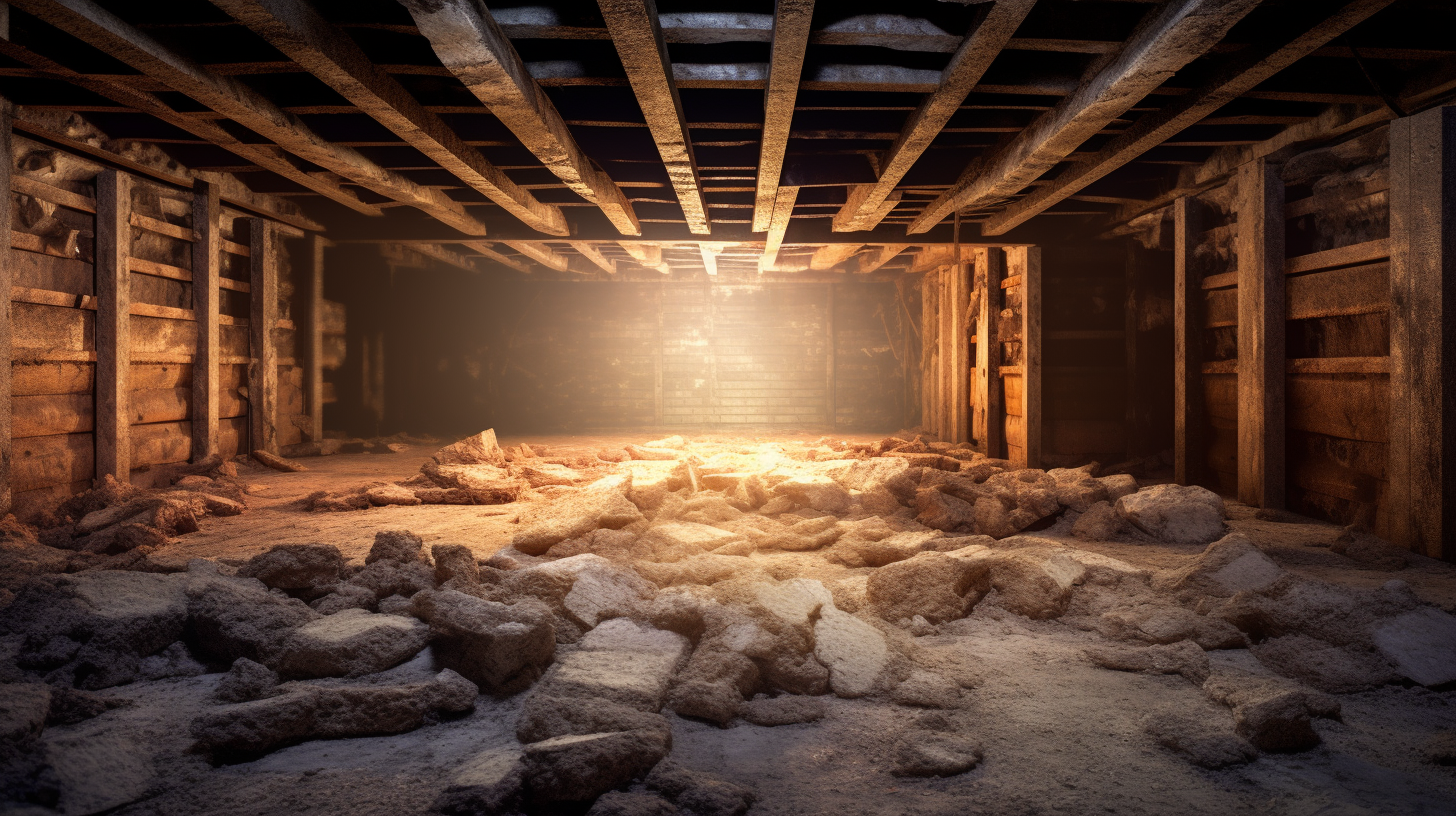
Got a Question? We’re Here to Help.
You can arrange an appointment or make an enquiry by phone or email, orget in touch to us via our contact form.


